Thomas Gainsborough: Sudbury centre opens after £10m rebuild
 Shaun Whitmore/BBC
Shaun Whitmore/BBCA painter's studio and a portrait of the first black man to vote in Britain are included in a £10m redevelopment of a museum dedicated to world-renowned artist Thomas Gainsborough.
His Grade I listed childhood home in Sudbury, Suffolk, has been transformed and now includes an extension.
Museum director Mark Bills said the changes made it "a cultural hub in the heart of East Anglia".
Gainsborough's House reopens to visitors today.
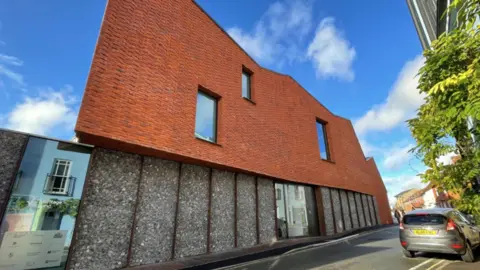 Shaun Whitmore/BBC
Shaun Whitmore/BBC Ipswich Museums
Ipswich Museums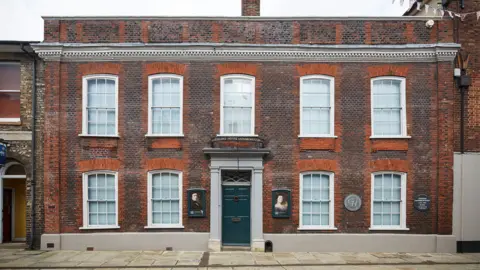 Hufton+Crow/Gainsborough's House
Hufton+Crow/Gainsborough's HouseMr Bills said the redevelopment, which included four new galleries, had "fundamentally changed this historic site".
Born in 1727, Gainsborough was considered one of the leading painters of the 18th Century. He moved to Ipswich in 1752, and then Bath in 1759, establishing himself as portrait painter, while also producing landscapes.
He was a founding member of the Royal Academy in London and preferred painting landscapes, yet he found fame for his portraits of the Royal Family and other aristocratic or successful 18th Century people.
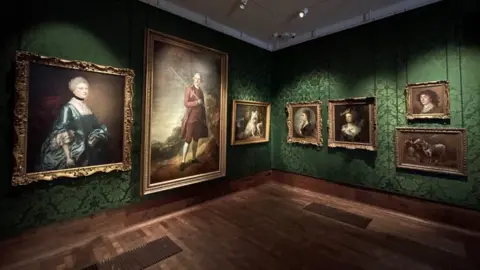 Shaun Whitmore/BBC
Shaun Whitmore/BBC Hufton+Crow/Gainsborough's House
Hufton+Crow/Gainsborough's HouseThe museum transformation includes the creation of a Gainsborough Gallery, lined with Sudbury silk and bringing together 20 of his portraits and landscapes, some on loan from private and public collections.
An 18th Century painting room and print studio has been recreated, complete with printing press, easel, anatomical plaster casts and north-facing windows, which are particularly important when painting from life.
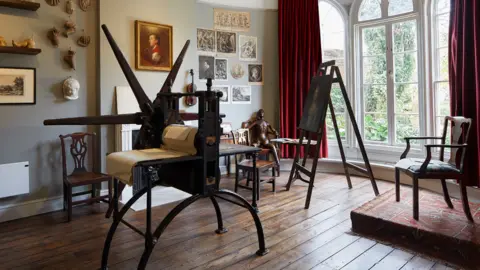 Hufton+Crow/Gainsborough's House
Hufton+Crow/Gainsborough's House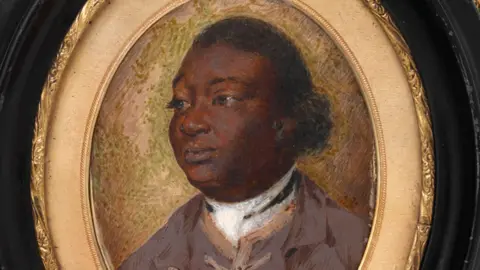 Gainsborough's House
Gainsborough's HouseOther highlights include The Constable Room, where visitors can see the landscapes of John Constable (1776-1837) in the vicinity of "Constable Country" - the area downstream on the River Stour from Sudbury that inspired the artist.
The museum also now has a temporary displays gallery, where a copy of Gainsborough's portrait of Ignatius Sancho (about 1729 -1780) has been hung.
Sancho was born on a slave ship heading for the Spanish West Indies and would later become the first black man in Britain to vote and the first to receive a press obituary.
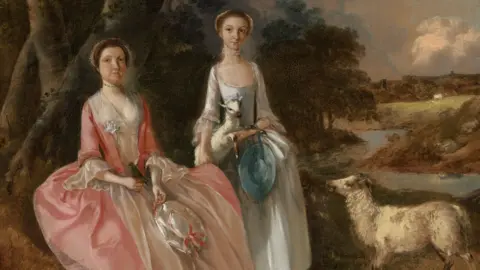 Gainsborough's House
Gainsborough's House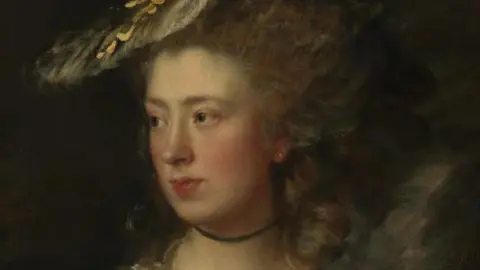 Tate
TateThe redevelopment was supported by £5m of National Lottery Heritage Fund money.
Its chief executive Eilish McGuinness said she was "delighted" the museum was now able to "tell the full story of one of our most important British artists".
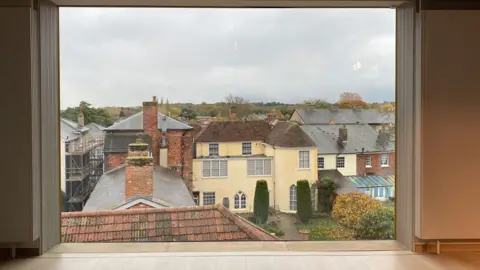 Vikki Irwin/BBC
Vikki Irwin/BBC
Find BBC News: East of England on Facebook, Instagram and Twitter. If you have a story suggestion email [email protected]
